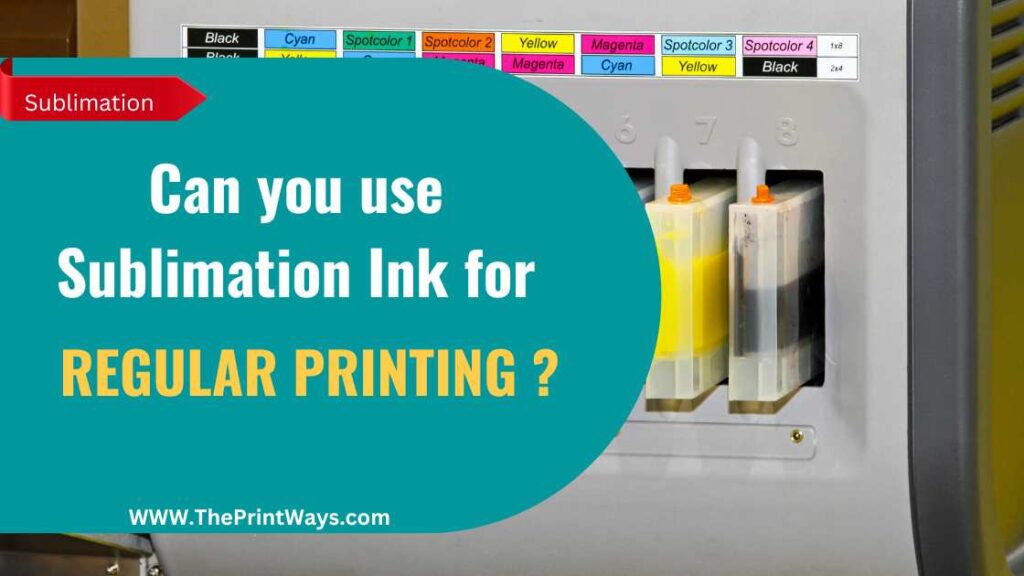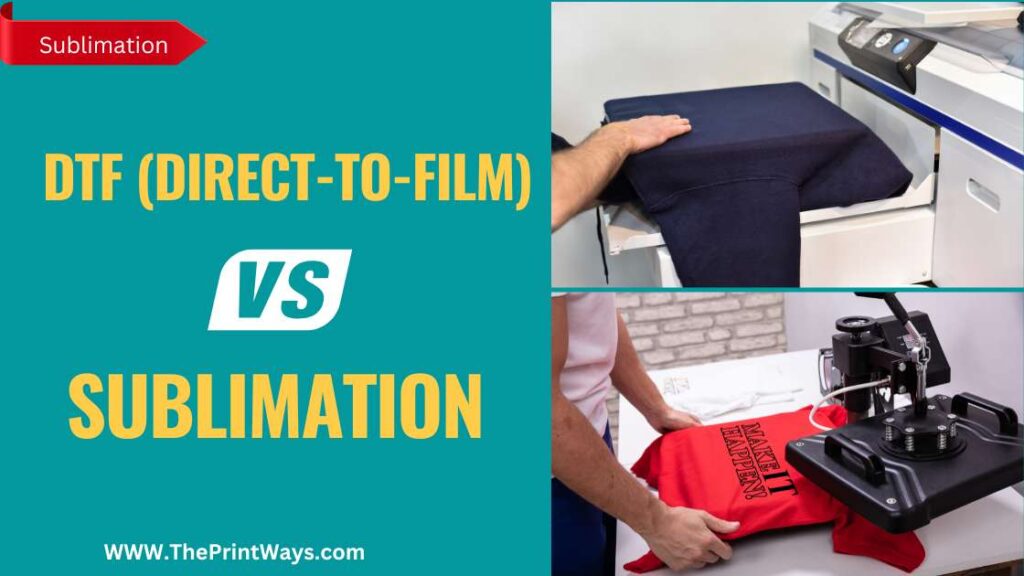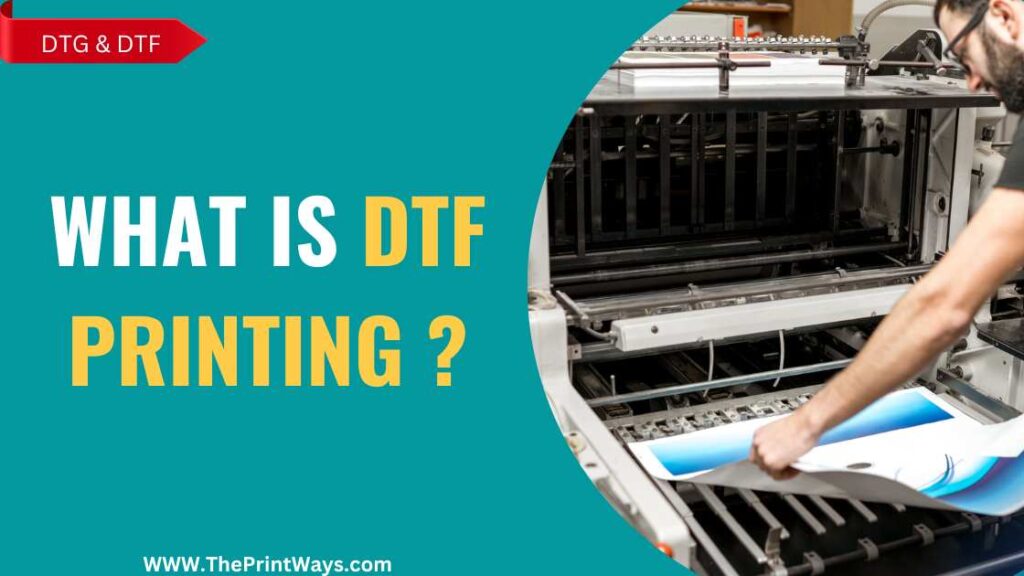Sublimation ink has revolutionized the printing business by allowing for the creation of high-quality, long-lasting graphics on a variety of substrates. But the question remains: Can you use sublimation ink for regular printing?
There is no easy yes or no response to this question. Many factors, including the printer model, the paper type, and the final product’s intended usage, influence whether or not sublimation ink may be utilized for everyday printing.
This article will discuss the advantages and disadvantages of utilizing sublimation ink for everyday printing and offer advice to anyone considering moving.
What is the difference between using sublimation ink and regular ink for printing?
The ink comes in various forms and functions; sublimation ink and normal printer ink are two examples. The ink transfer process to the printing surface is the primary distinction between the two.
Pigment ink, or regular ink, is ink that contains microscopic pigment particles contained in a liquid. An inkjet print is made when the ink is put to a printing surface, where the liquid is absorbed, and the pigment particles remain on top.
The dyes in sublimation ink are solid at ambient temperature but melt into a liquid when heated. Sublimation printing, in which the ink is utilized, involves the transfer of dye from a special type of paper onto a substrate like a shirt or a ceramic mug.
After being exposed to high temperatures, ink changes into a gas that can easily permeate the surface of the substrate, leaving behind a colorful and durable design.
Also Read: Pigment Ink vs Sublimation: What’s the difference?
So, Can you use Sublimation ink for Regular printing?
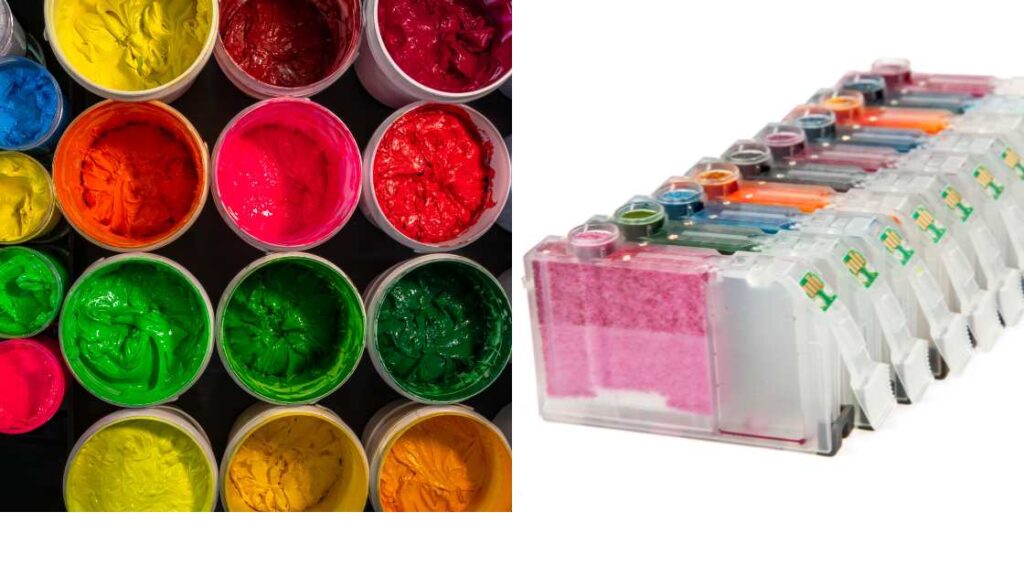
Sublimation ink for regular printing can be used, but there are a few considerations to make.
Before commencing the printing process, it is vital to determine whether or not the substrate you wish to print on is compatible with sublimation ink.
Equipment, such as a sublimation printer and heat press, must be considered in terms of price and availability before using sublimation ink for regular printing.
Sublimation ink has a smaller color space than other printing processes, so it’s important to give some thought to the final colors you want and whether or not you’ll be able to achieve them.
Also Read: Can you Regular Ink on Sublimation Paper?
Several factors, like ink type, heat press settings, and substrate, might influence the final print’s quality. Achieving excellent quality in one’s work requires attention to these details.
It is important to consider whether or not the budget for your project permits the usage of sublimation ink because it can be more expensive than regular printing ink.
The size of the heat press determines the maximum print size. Therefore you should consider the number of times your product will need to be run through the press before settling on a size.
Sublimation requires heating the ink and substrate to very high temperatures; hence, all necessary safety precautions must be taken, and the proper procedures must be followed to avoid accidents and malfunctions.
Can you use Sublimation Ink in a Regular Printer?
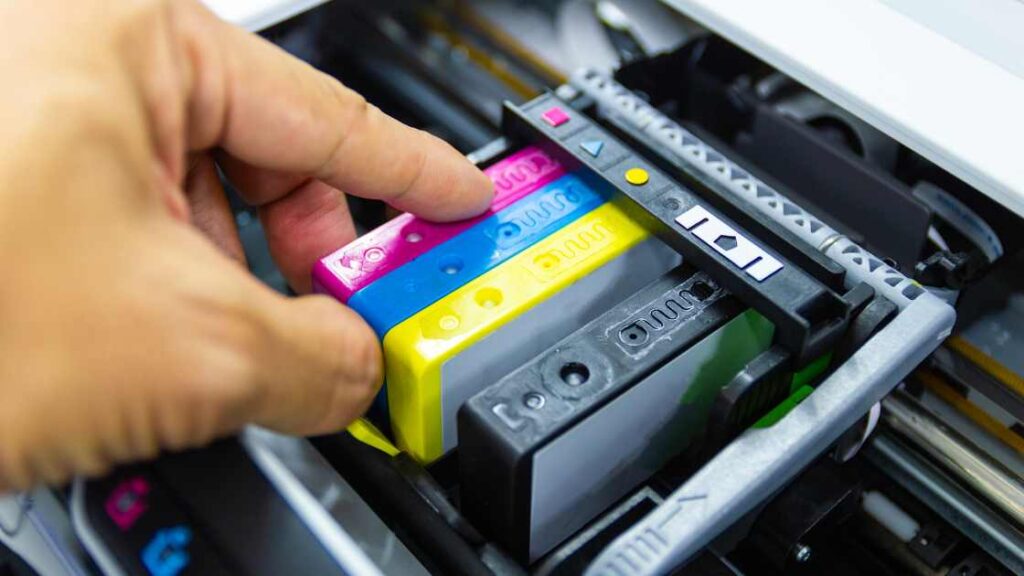
No, normal printers are not compatible with sublimation ink. Sublimation ink can only be printed on a sublimation printer. It can’t be used in a standard inkjet or laser printer.
The sublimation method transfers ink from a specific paper to the substrate. When subjected to heat and pressure, the ink changes from a solid to a gas and then back to a solid on the substrate, allowing for the transfer.
To do this task, you will need a sublimation printer and a heat press, neither of which are standard office supplies.
The sublimation method also calls for unique sublimation paper incompatible with standard printer paper. This sublimation ink paper is specially coated to facilitate ink transfer during heating.
Popular: How to Convert HP Printer to Sublimation Printer?
Or
How to Convert Canon printer to Sublimation Printer?
Advantages of using sublimation ink for regular printing:
- Sublimation ink is perfect for goods that are handled regularly or exposed to direct sunlight because it is long-lasting and fade-proof.
- Sublimation ink is great for printing on a wide range of products, such as t-shirts, mugs, and phone cases, due to its ability to produce vivid and eye-catching colors.
- Sharp, detailed prints result from the sublimation process, making it a good choice for products that feature intricate designs.
- Sublimation ink’s versatility stems from its compatibility with various substrates, including polyester textiles, ceramics, and metal.
- Because of its adaptability, sublimation is perfect for printing on a wide range of objects, from t-shirts and mugs to phone covers and coasters.
Disadvantages of using sublimation ink for regular printing:
- Sublimation requires specialized equipment, such as a sublimation printer and heat press, that can be costly and require expert operators.
- Compatibility with Sublimation Ink It is crucial to check whether or not the substrate you intend to print on is acceptable for usage with sublimation ink.
- Sublimation ink’s color range is smaller than other printing technologies; therefore, it’s necessary to think carefully about the colors you’re going for and whether or not they can be accurately reproduced with sublimation ink.
- Sublimation ink is more expensive than standard printer ink; therefore, before deciding to use it on your project, you should calculate how much money you have available.
- Due to the time it takes for the ink to be transferred from the paper to the substrate using heat and pressure in the sublimation process, it is not a good choice for projects under a strict deadline.
You May Like: How to Use HP instant Ink After Cancelling?
Frequently Asked Questions
Q: Is a special printer required for sublimation printing?
Sublimation printing does require a specialized printer. Sublimation printers offer specialized characteristics such as precise temperature control, print heads with fine nozzles, and innovative ink delivery systems.
Q: What type of paper is required for sublimation printing?
Sublimation printing requires specialized sublimation paper. This paper is coated with a specific coating for the sublimation ink to transfer to the paper during the heating process. You can’t use standard printer paper for sublimation printing, and if you do, you risk getting prints of low quality.
Q: Can sublimation prints be made on regular printer paper?
Regular printer paper is not suitable for sublimation printing. Sublimation printing necessitates using specialized sublimation paper, which is coated specifically to facilitate the transfer of sublimation ink during the heating process. You can’t use standard printer paper for sublimation printing, and if you do, you risk getting prints of low quality.
Q: What type of substrates can be printed on with sublimation ink?
You may print on polyester and other polymer-coated surfaces with sublimation ink. The ink can soak into the fibers of these substrates because of their unique characteristics, which are only activated when heated. Sublimation ink is only compatible with certain substrates and can produce subpar results when used on other materials.
Conclusion
In conclusion, sublimation ink is not suitable for standard printing because it is intended for a specific printing process that entails applying heat and pressure to transfer the ink onto a specially coated substrate.
Using sublimation ink for standard printing may result in subpar print quality, obstructed printer nozzles, and other complications.
To obtain optimal printing results, it is essential to use the appropriate ink for your specific printing requirements. If you are uncertain about which ink to use, consult a printing professional or consult the printer’s manual.

